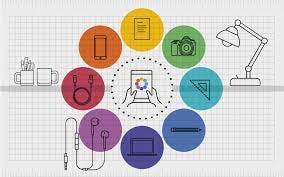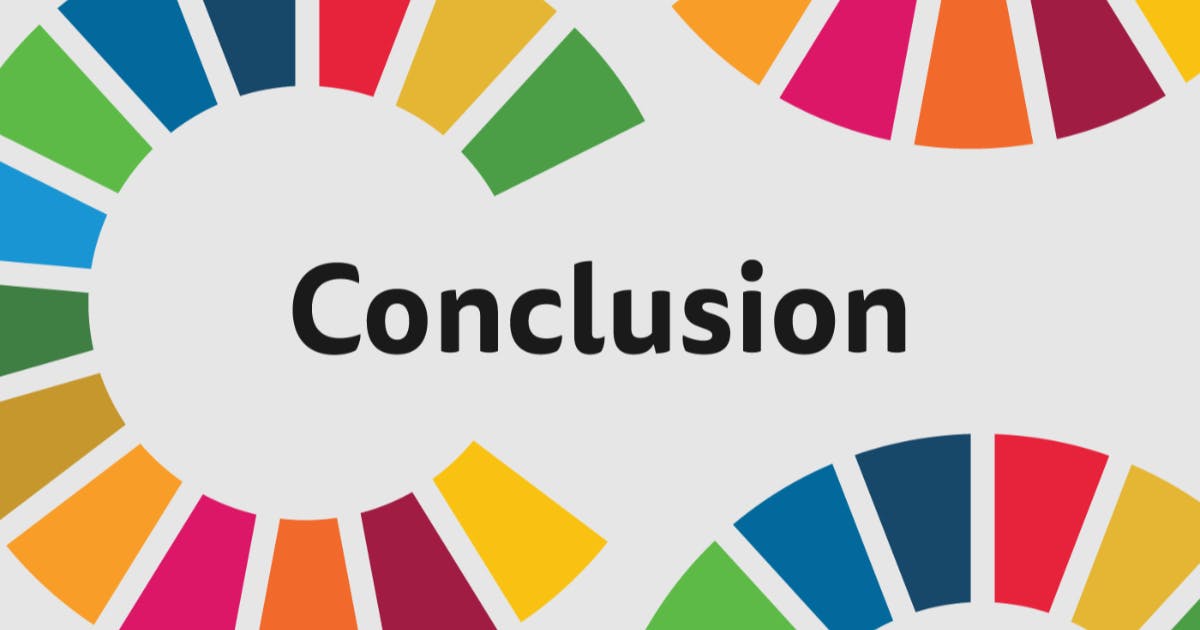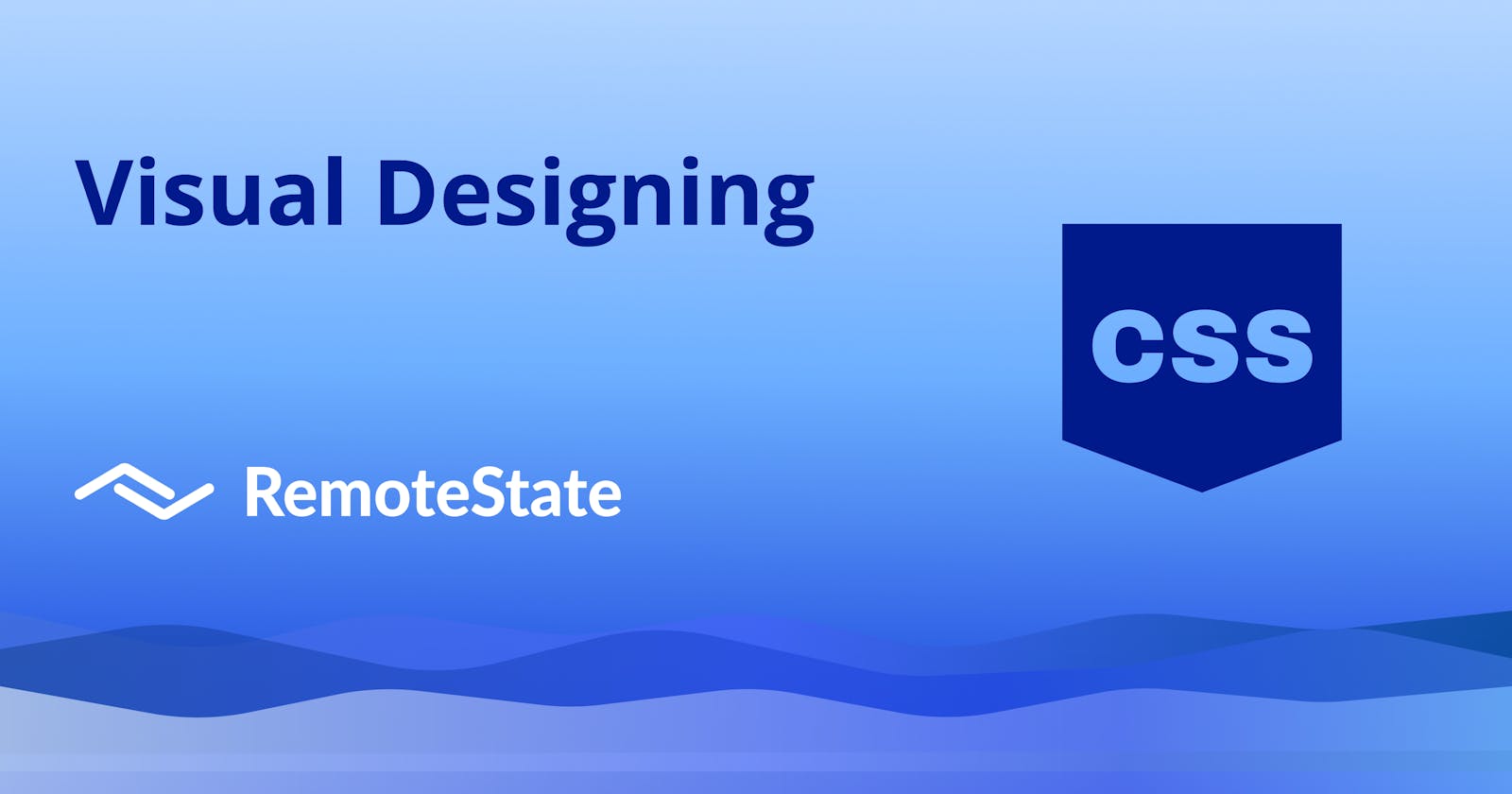People often base their opinions on a book's cover. This holds true for a variety of things in our society, including online interactions. Our customers' experiences with our items are influenced by how they look. The aesthetic-usability effect demonstrates how consumers will often overlook minor usability issues in things they find attractive. In order to produce items with outstanding aesthetics, visual design is essential.
We'll go through what visual design is, how it relates to usability, and the principles that designers should adhere to in order to provide better user experiences.
Role of visual design in UX
Using text, colors, and images to improve a design or interaction is known as visual design. It is a field that evolved from both visual design and user interface (UI) design.
Making interfaces useable is the primary objective of product design; the user's attention should be brought to the appropriate information and functionality. Visual designers employ factors like size, color, and the usage of white space to prioritize the material on a page. But as soon as they succeed in achieving this aim, they may add additional enjoyable components to their app designs, such animation effects and appealing UI.
Elements of visual design

Any page or screen in a digital product may be dissected into its basic visual components. The fundamental tools that designers utilize include fonts, lines, forms, colors, textures, volume, and negative space. A designer's job is to connect these design components and create the best layout possible from a visual standpoint.
People frequently use an object's fundamental form to identify it. Simple or complicated things can be made only out of lines. For instance, even if the image below is merely a collection of lines, you will probably recognize an input form if you look at it.
How to approach for a problem
Put yourself in the shoes of a graphic designer working for an agency while creating a new user interface or even when evaluating improvements to an existing product. Take a fresh start with each project. Even if you believe you know the answer, nevertheless ask questions. Try to approach the issue without considering the company's or product's past in order to give oneself a little window of time to think creatively. Constraints should be taken into account, but you shouldn't let them stifle your creativity, especially when you're ideating.
When I worked in marketing design, I frequently had to deal with various demands, goals, styles, and other issues depending on the client. I discovered that I should always take the following factors into account while starting a new project:
Content:
What words need to be on the interface, what is the voice and tone?
Audience:
Who is the target? Teens, doctors, executives, or multiple demographics? These are your personas.
Goals:
What would be considered a win/failure? How will this be tracked?
Brand:
What's the tone, style, and logos?
Vertical:
What industry, or industries, is this targeting?
Purpose:
Why is this needed? To educate, to inform, etc.?
Accessibility:
Is it easy to understand? What’s the reading level? Is it readable by low vision, etc.
Usability:
Can the target group use/understand it?
By combining these factors and thinking about your interface in this way, you will be able to improve your ability to produce an effective visual design. a visual style that greatly improves user experience rather than detracts from it.
Conclusion

It only takes a few seconds for website visitors to form a first impression, and most of the time, that impression is based on what they see. Naturally, people will assess a product from all angles once they begin engaging with it. Making a strong first impression on your users or visitors will benefit from your time and work put into visual design.
Checkout our previous blogs as well.
Happy Learning.

